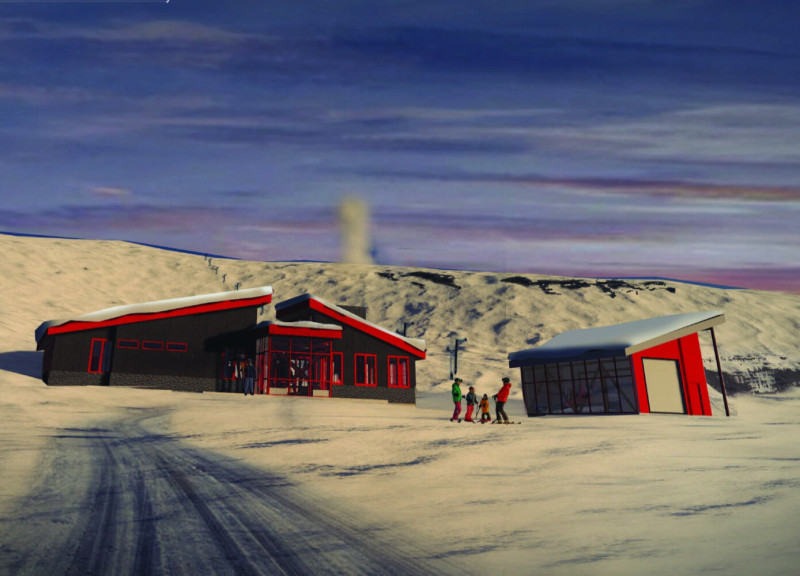5 key facts about this project
At its core, the project represents a deliberate approach to creating spaces that foster community engagement and individual interaction. The design is not merely concerned with constructing a building but is focused on crafting an experience for its users. This characteristic is evident in the arrangement of spaces that encourage movement and accessibility, inviting occupants to traverse through various environments seamlessly. The thoughtful spatial planning allows different functions to coexist, promoting social interactions and user engagement.
Architecturally, the project utilizes a variety of materials, each selected for both its aesthetic qualities and its performance characteristics. The exterior features a combination of [insert materials, e.g., concrete, wood, glass], which work in unison to create a built form that feels both contemporary and grounded. The use of sustainable materials, such as [insert specific sustainable materials like reclaimed timber or recycled metal], reflects an awareness of environmental impact while enhancing the project’s overall endurance. These materials not only serve structural purposes but also contribute to the visual narrative, creating textures and contrasts that invite closer inspection.
In terms of unique design strategies, the project employs a variety of architectural techniques that distinguish it from typical designs. For instance, the incorporation of large windows allows natural light to flood the interior spaces, creating a warm and inviting atmosphere. This decision reflects a broader consideration for the well-being of inhabitants, acknowledging the importance of natural light in promoting mental health and productivity. The strategic placement of overhangs and shading devices further mitigates heat gain, demonstrating an adept response to climatic conditions.
Landscaping plays a pivotal role in this architectural endeavor, integrating the built environment with the natural surroundings. The inclusion of green spaces, both within and surrounding the building, enhances the project's permeability and ecological value. These areas serve multiple purposes: they act as outdoor gathering spaces, promote biodiversity, and improve air quality, all while providing aesthetic appeal. The seamless transition between indoor and outdoor environments is a critical aspect of the design, encouraging occupants to interact with their surroundings and reinforcing a connection to nature.
Another aspect that warrants attention is the project's attention to social sustainability. The design promotes inclusivity through accessibility features, ensuring that all users can navigate the space comfortably, regardless of mobility challenges. This commitment to universal design principles demonstrates a forward-thinking approach, emphasizing that architecture should accommodate diverse user needs.
Furthermore, the selection of colors and finishes is intentional, resulting in a calming palette that complements the project's context. Neutral tones are employed alongside vibrant accents to create a sense of balance, allowing the architecture to resonate with its environment while also providing a backdrop for the activities that will take place within its walls.
In exploring this architectural project further, it is likely that you will uncover additional depths within the architectural plans, sections, and designs that articulate the nuances of the creator's vision. The architectural ideas embedded in the project are reflective of a deep consideration for both the immediate context and the wide-ranging impact on community life. For more detailed insights into the architectural principles employed and their implications for users and the environment, consider reviewing additional project presentations and materials. Each layer of detail adds to the appreciation of what this thoughtfully designed space offers to its community and its architectural legacy.


























